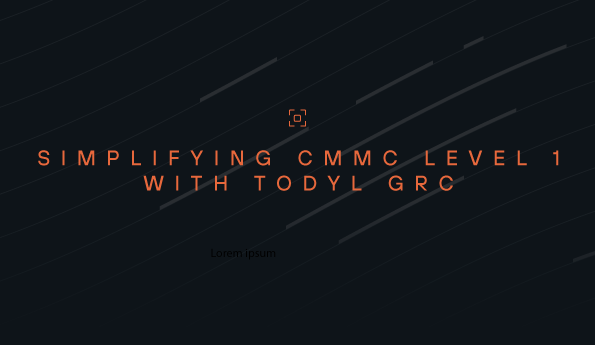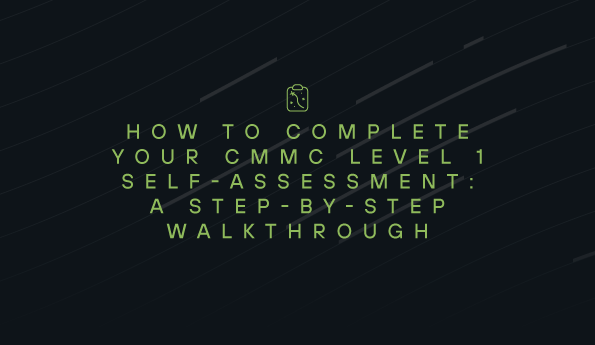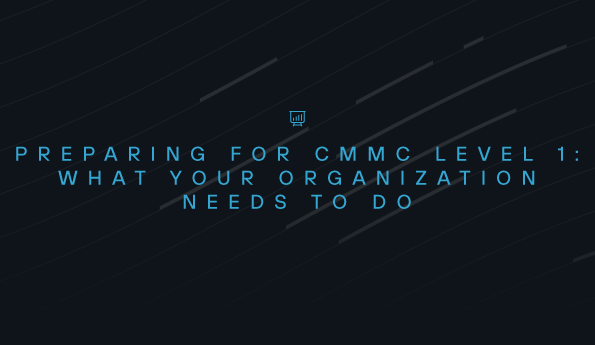Risk Management for MSPs: Why Business Context Changes Everything
Your technical cybersecurity skills are valuable—vulnerability scanning, patch management, security assessments. But there's a way to make those same skills significantly more profitable: connect them to business outcomes.
The most successful MSPs aren't just finding technical vulnerabilities. They're conducting strategic risk advisory that influences business decisions, commands premium pricing, and creates relationships competitors can't disrupt.
The difference? Business context.
What Strategic Risk Advisory Actually Looks Like
Strategic advisory starts with different questions. Instead of beginning with vulnerability scans, you start with business conversations that provide context for your technical expertise.
Business context discovery:
- "What systems and processes directly generate revenue for your business?"
- "What are your growth objectives for the next 12-24 months?"
- "Which operational disruptions would most damage your client relationships?"
- "What regulatory requirements influence your business decisions?"
Risk impact analysis:
- "Which systems, if compromised, would directly impact your ability to serve customers?"
- "How would operational disruption affect your client relationships?"
- "What compliance requirements enable competitive advantages?"
- "What would the business impact be if customer data was compromised?"
Strategic opportunity identification:
- "Are there customer contracts you've lost due to security concerns?"
- "What new markets are you considering, and how might security requirements affect those plans?"
- "Do your clients ask about your security posture during sales?"
- "How might stronger security positioning help you compete for larger clients?"
These conversations don't replace your technical assessments—they provide the business framework that makes your technical findings more relevant and actionable.
The Fundamental Difference
Here's how strategic advisory differs from traditional risk management:
Example: A traditional assessment might flag missing multi-factor authentication as a "high severity" finding based on CVSS scores. Strategic advisory frames the same finding differently: "Implementing MFA reduces your cyber insurance premiums by 15-20% and positions you to compete for enterprise contracts requiring SOC 2 compliance—typically worth $300K+ in new annual revenue."
Same technical recommendation. Different conversation. Different value.
Why This Creates Competitive Advantage
Strategic advisory builds relationships that are difficult for competitors to disrupt because you become integral to business decision-making, not just technical infrastructure.
For your MSP:
- Premium pricing: Business-focused advisory commands 60-100% higher margins than technical services
- Better retention: Advisory relationships deepen as you influence strategic decisions
- Market differentiation: Strategic positioning separates you from MSPs competing on features and price
- Sustainable edge: Business relationships are harder to replicate than technical capabilities
For your clients:
- Revenue protection: Risk management that prioritizes threats to business operations and customer relationships
- Growth enablement: Security strategies that support expansion rather than constrain it
- Competitive advantage: Compliance achievements that open doors to enterprise clients and regulated industries
- Strategic guidance: Ongoing counsel for informed decisions about security investments and risk trade-offs
Making the Transition
The shift to strategic advisory builds on your existing technical expertise—you don't abandon what you're already good at. You enhance it with business context that makes your recommendations more valuable.
Start with your strongest client relationship:
Choose a client where you have established trust, access to leadership, and growth potential. This becomes your proof-of-concept for the strategic advisory approach.
Add business discovery to your next assessment:
Before conducting technical scans, schedule a 30-minute business conversation with the client's leadership. Use the discovery questions above to understand their business priorities, growth plans, and operational challenges.
Reframe your assessment presentation:
Instead of leading with technical findings and CVSS scores, structure your presentation around business impact:
- Business context you discovered
- Risks that could affect their specific business objectives
- Opportunities where security enables competitive advantage
- Technical recommendations prioritized by business impact
Establish ongoing touchpoints:
Rather than delivering a one-time report, create a quarterly cadence for strategic risk reviews that include:
- Business evolution and changing objectives
- Industry threat landscape updates relevant to their business
- Regulatory changes affecting their market
- Strategic recommendations connecting security to business performance
The Strategic Advisory Framework
Successful advisory follows a continuous cycle that deepens client relationships over time:
Advise: Conduct business risk assessments that influence strategic decisions and prioritize investments based on business impact.
Implement: Deploy risk-based security programs aligned to business priorities, not generic technical checklists.
Operate: Deliver ongoing advisory through monthly risk updates and quarterly strategic reviews that provide business intelligence.
This cycle creates sustainable competitive advantage because each phase reinforces your position as a strategic partner rather than a technical vendor.
Your Value Proposition Evolution
How you position your services must evolve alongside your capabilities.
Traditional positioning: "We provide comprehensive cybersecurity services including vulnerability assessments, compliance management, and 24/7 monitoring to protect your IT infrastructure."
Strategic advisory positioning: "We deliver integrated risk management that protects your business operations and enables strategic growth. Our clients typically see ROI within 90 days through cyber insurance savings, compliance acceleration that unlocks enterprise opportunities, and proactive threat prevention that protects revenue."
The difference: specific business outcomes instead of technical capabilities.
Start Your Transformation
Your technical cybersecurity expertise provides the credibility foundation for strategic conversations. The opportunity lies in expanding how you present and position that expertise to create relationships based on business value rather than technical specifications.
Strategic advisory isn't about abandoning your technical skills—it's about making them more valuable by connecting them to the business outcomes your clients actually care about.
Ready to transform your technical expertise into strategic advisory capabilities?
Download our complete guide: The MSP's Guide to Risk Advisory to learn the detailed "Advise. Implement. Operate." methodology, including the 90-day transformation roadmap and a client-selection framework that successful MSPs use to command premium pricing and build lasting competitive advantage.
See Todyl in Action
Learn how you can protect what you built.
Stay on the Cutting Edge of Security
Subscribe to our newsletter to get our latest insights.



